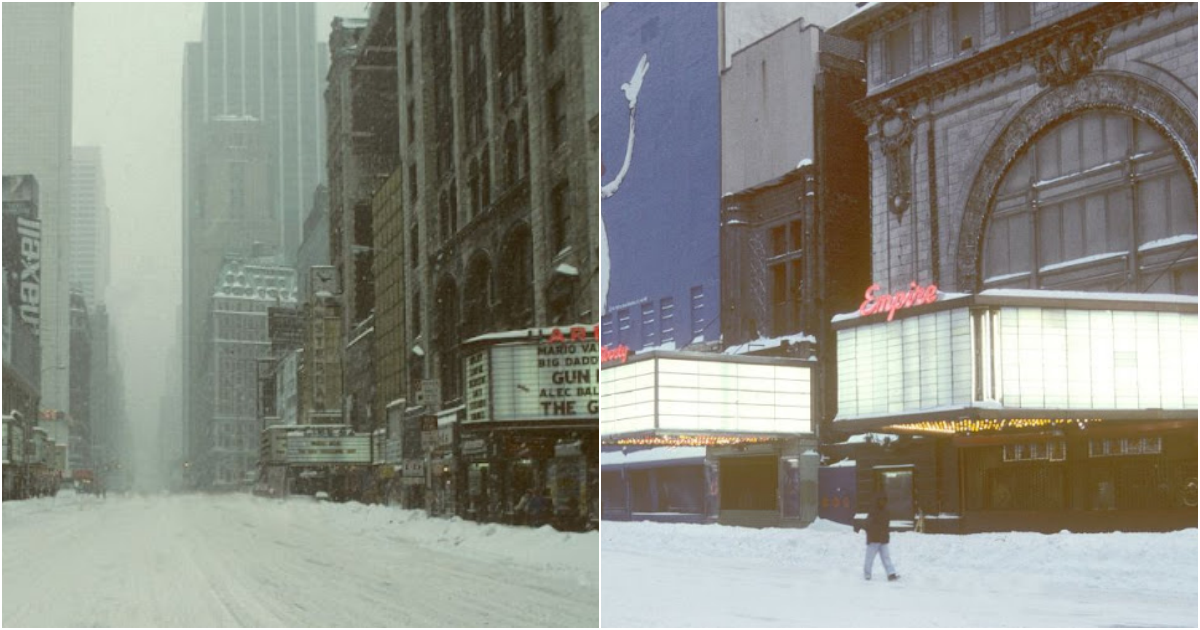Growing up has always stirred up turmoil between kids and parents, but before the 20th century, teens didn't usually flaunt their rebellion through fashion. With few maverick exceptions, adolescents stuck to the status quo, content to mirror their parents' conventional styles.
This changed in the early 1900s when teens crafted the first distinct youth culture and its trademark look, shunning their elders' tastes. The flapper generation of the 1920s launched the trend, and each new crop of teens cooked up its own outlandish fads, from bobby socks in the 1940s to poodle skirts in the 1950s. But these passing crazes rarely swayed adult apparel. As teens came of age, they shed their eccentric garb for grown-up attire.
Not until the 1960s did teen styles finally infiltrate mainstream fashion. When baby boomers hit adolescence, their groovy garb - miniskirts, wild prints, hippie jeans and tees - dethroned the older generation's conservatism. Since then, youth culture has continued exerting its influence, erasing dividing lines between children's and adult wear.





















